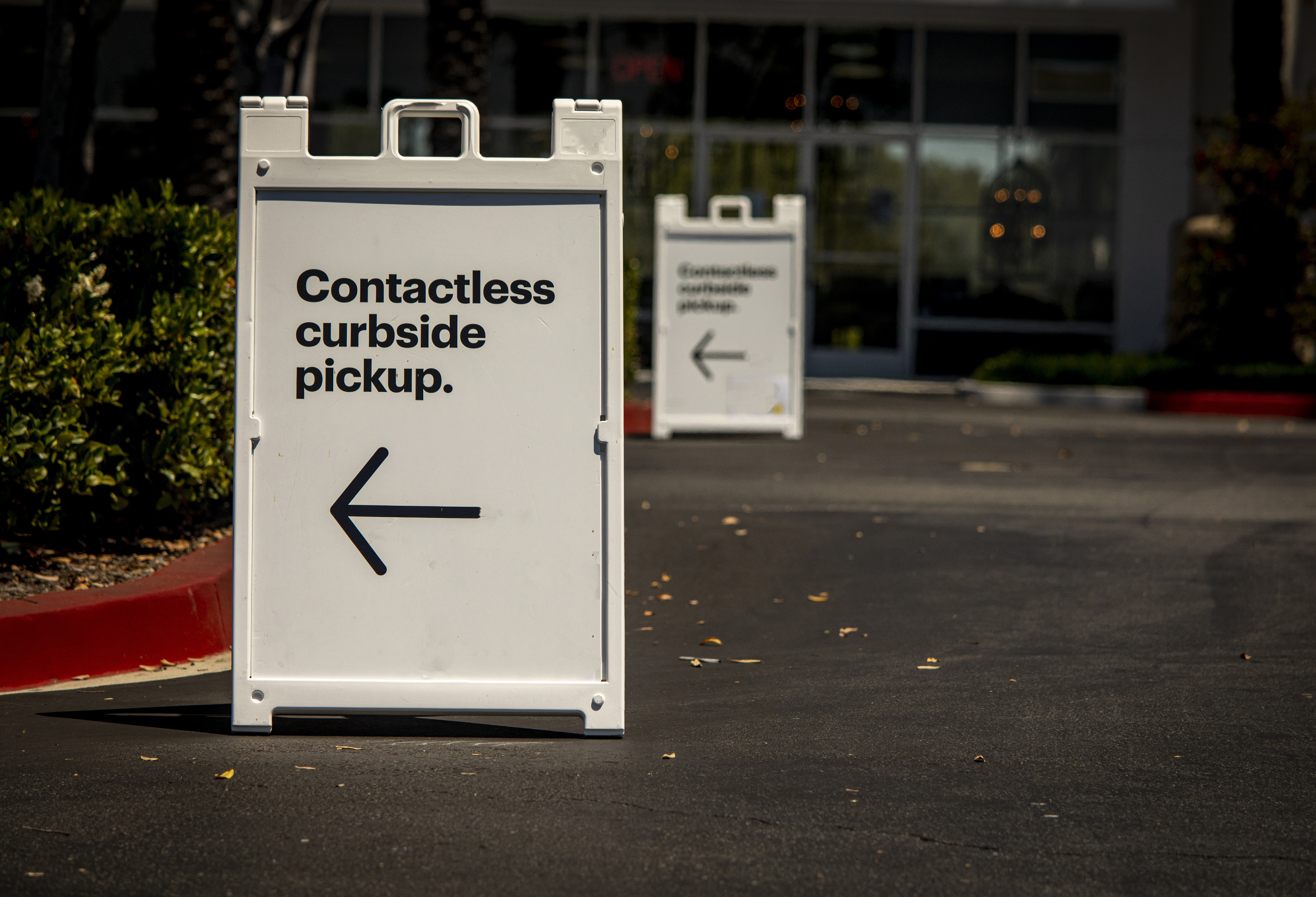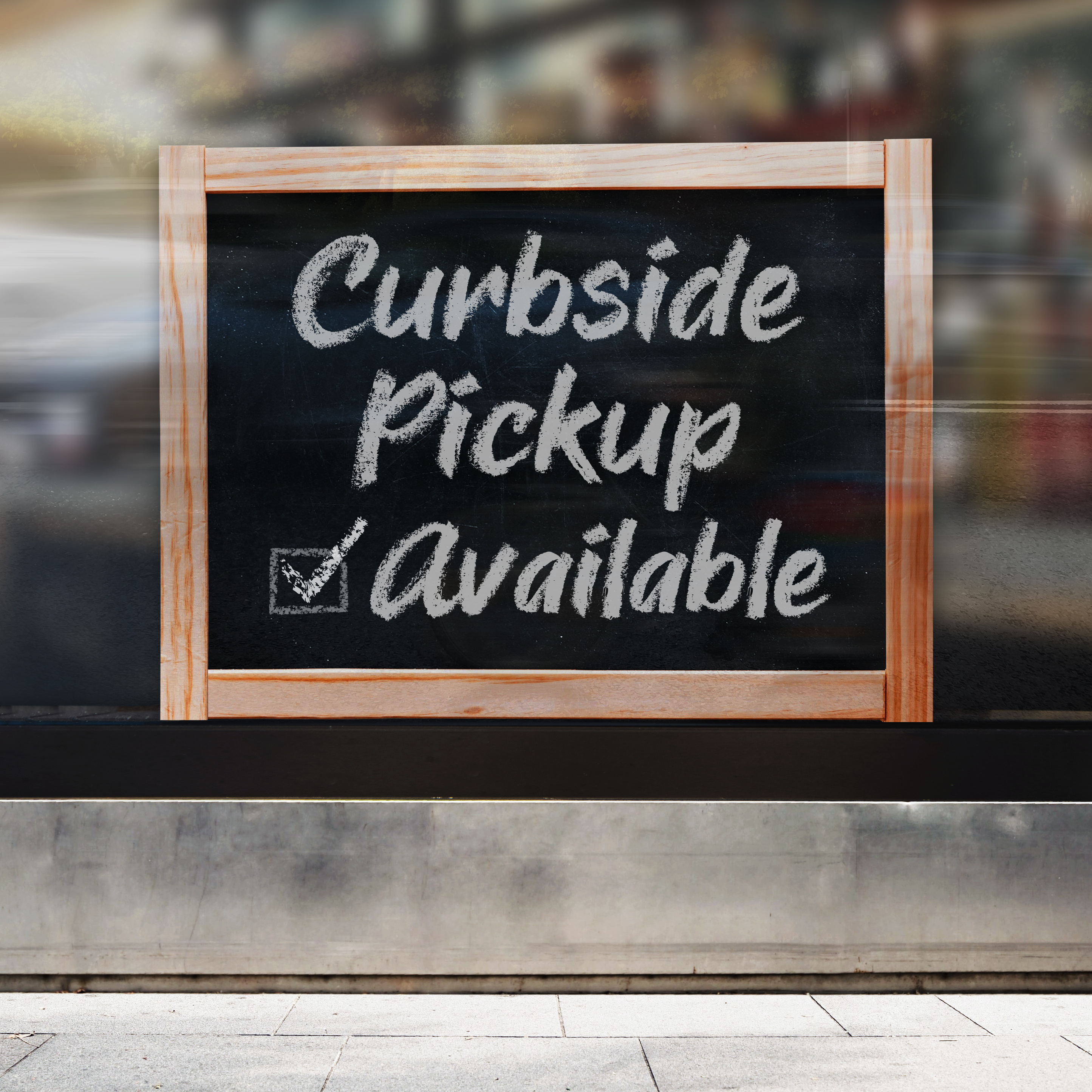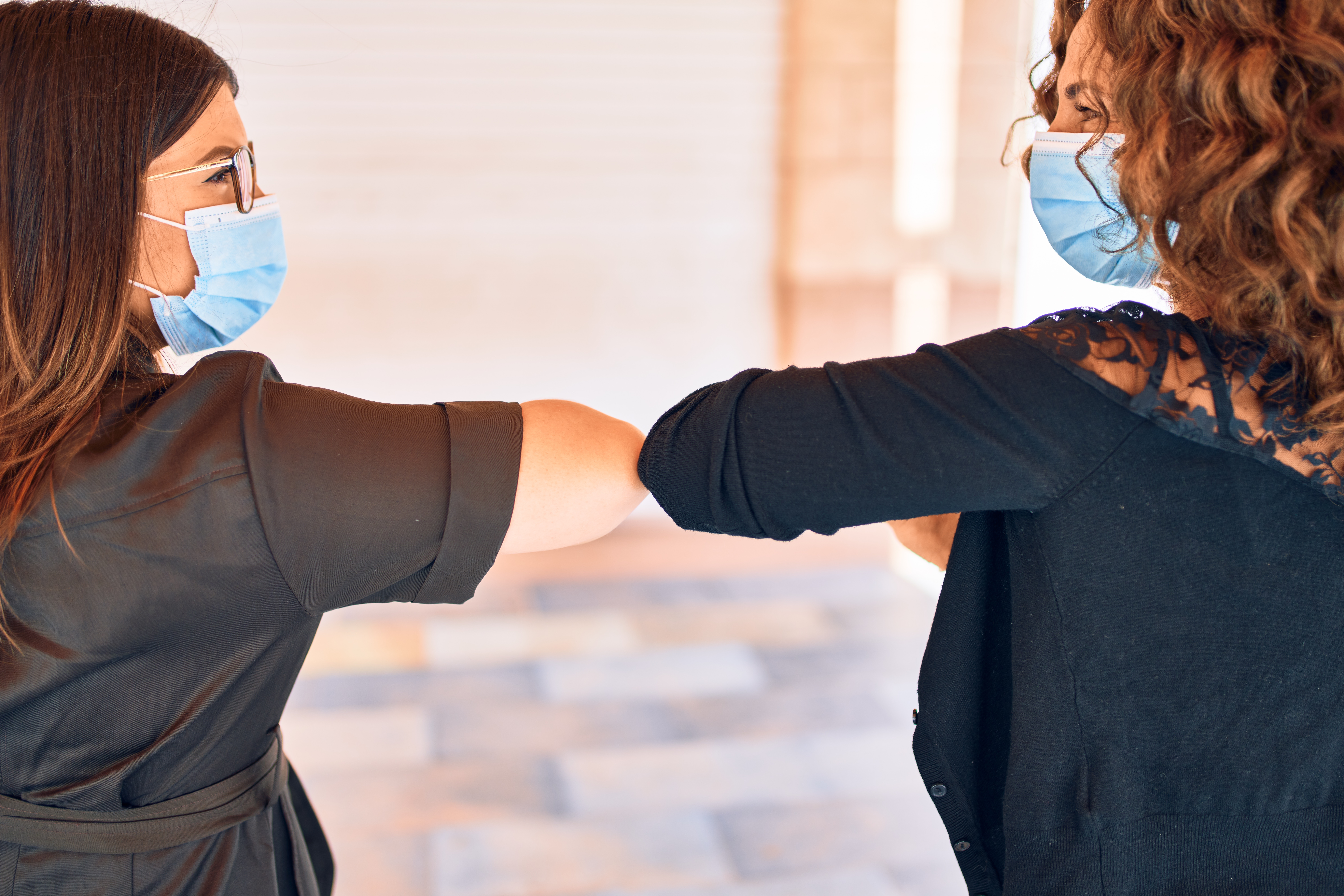
Digital Main Street: How Small Businesses are Evolving During COVID
Alex Palermo
Senior Vice President, B2B Research
Over the past seven months, I’ve noticed an evolution in how my neighborhood mom and pop shops are conducting business. So, it wasn’t surprising to receive a note from my daughter’s school the other day indicating that student picture day would be conducted entirely online this year. The local photography studio made sure to let me know that this would be the first year that they would be doing away with the traditional paper order forms, that “many of us prefer.”

I had to sit back and think about that statement. Are the pre-COVID ways of doing business really preferences or just habits?
No doubt, COVID-19 has accelerated the switch to eCommerce methods (such as online orders, home delivery, and curbside to-go/click-and-collect) which were already strongly in place for certain categories like groceries and other essential household items. Yet, in the pre-COVID days, we still had the freedom to linger at our local coffee shop or take a leisurely stroll through the card store to pick out the perfect greeting card.
If today’s consumer still prefers that personalized touch of in-person shopping, how can mom and pop shops that were previously avoidant of eCommerce find ways to evolve that are both digital and personal?
Here are some of the top ways that small and micro businesses are adapting to COVID-19 and how these changes may shift shopper habits for years to come.
- Bundling
What it is: Think of a retail business that offers bundles of goods at a discounted rate (such as a hand-curated basket of products to-go). Bundling is also something that has been helpful in keeping service-based businesses afloat. For example, a local pottery painting store that offers curbside to-go baskets for at-home painting or a local salon that offers personalized root touch-up kits.
What it means: Expect consumers to seek personalized and flexible options that expand beyond the typical in-store experience to include at-home continuations of your service offering.  Partnerships
Partnerships
What it is: Think of local breweries partnering with local restaurants to offer “dinner and drinks” for outdoor diners or curbside to-go patrons. Businesses that previously may have considered each other competitors are choosing to combine forces.
What it means: Consumers who previously had to choose between one establishment or another may find themselves gravitating toward options that provide the best of both worlds. This means fierce competition from partnered brands that may have previously been more niche or specialized.- Diversification
What it is: Masks, masks and more masks! Did we mention we have masks? Think of all the product diversification opportunities that COVID-19 provides. Many retailers have not only been adding masks but also additional soaps and hand sanitizers to their portfolio. Diversification of service offerings is also a trend in the hospitality and personal care space (such as outdoor haircuts, contactless dry cleaning delivery, etc.).
What it means: Establishing a personal connection with a customer gives the brand permission to move into a new product or service territory. Consumers may be looking for a one-stop-shop to help them navigate their continually changing needs. - Digital Experiences
What it is: A way to help the event, entertainment, and recreation industry stay connected with their customers and continue to deliver valuable content via online streaming services. Think of Zoom birthday parties, virtual conferences, and online fitness classes (for example). Virtual fitting rooms and digital tours are additional ways that businesses with physical locations have adjusted their business models to a virtual format.
What it means: Customers used to interact with your brand predominantly in-person (out of convenience) and occasionally online (if they really liked you). The script has flipped, and we are now entering an era where interactions (clicks, likes, follows) are starting to happen predominantly online with occasional interaction in-person. This underlines the importance of a digital presence for your brand. It also means that the competitive set expands far beyond local businesses to include a digital main street of all brands with an online presence.
The pandemic has changed consumers’ attitudes and behaviors towards shopping, dining, and generally how they navigate their everyday lives. Some of these behaviors may stick around long term. As many local businesses struggle to keep their heads above water, they will need to evolve to adapt to these shifting shopper habits. Hopefully, the mom and pop businesses that we know and love will be able to survive, and ultimately thrive, as we transition to our ‘next normal’.
explore featured
Case studies

